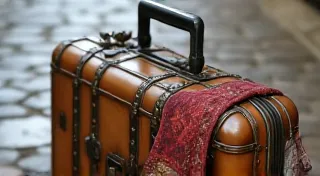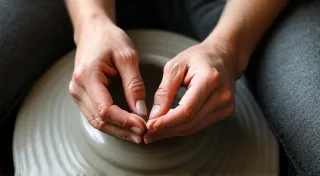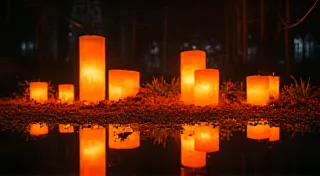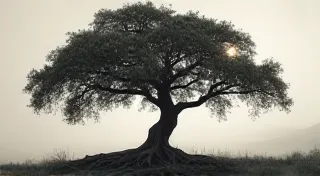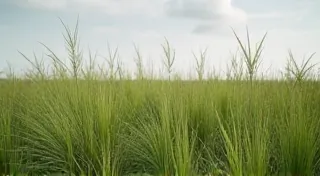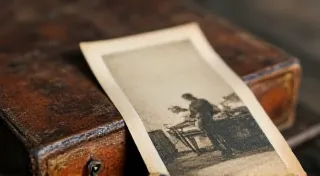The Instrument's Lexicon: Unveiling the Hidden Language of Regional Craftsmanship
Music, at its heart, is a conversation. A dialogue between the musician, the instrument, and the listener. But what if the instrument itself had a voice before it was even touched by a player? What if its creation was laden with a hidden language, a lexicon of regional history, cultural memory, and the unspoken desires of its maker? This isn't mere romanticism; it's a truth woven into the very fabric of regional instrument traditions.
Consider the antique accordion. Not the sleek, modern digital marvel, but the hand-cranked, bellows-driven instrument that once resonated in the homes and dance halls of Eastern Europe, the American Midwest, and across the rural landscapes of countless nations. To hold one is to grasp a piece of that history, but to truly understand it is to listen for the subtle voices embedded within its construction.
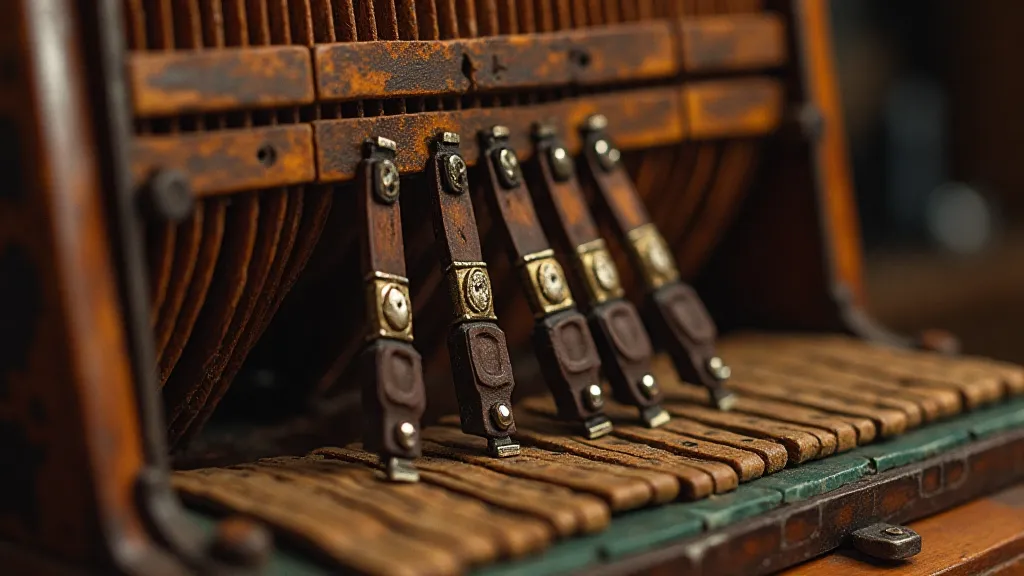
The Wood Speaks: A Geography of Sound
The choice of wood is rarely arbitrary. It's a decision dictated by availability, by acoustic properties, and, crucially, by symbolic meaning. In the Carpathian mountains, where the cimbalom – a hammered dulcimer – thrives, the preferred wood is maple, known for its strength and clarity of tone, but also associated with steadfastness and resilience – qualities valued in a people who have faced centuries of hardship. The echoes of forests felled long ago reverberate in its song.
Similarly, in the American South, the banjo’s early iterations, crafted by enslaved musicians, often incorporated gourds as resonators. The gourd itself – readily available and representing a connection to the land – became a powerful symbol of resilience and ingenuity amidst unimaginable suffering. The simple act of transforming a discarded fruit into a vessel of music was a defiant act of creativity.
My grandfather, a Polish immigrant, played an accordion. It was a Hohner, undoubtedly mass-produced, but it carried with it his own history. He’s gone now, but I still remember the scent of oil and wood that clung to it, the rhythmic groan of the bellows as he coaxed out melancholic polkas and lively mazurkas. He rarely spoke of his childhood, but the accordion – his silent companion – sang his story for me.
Carving a Narrative: Ornamentation and Symbolism
Beyond the choice of materials, the ornamentation of regional instruments often holds a deeper significance. The intricate carvings on a Balinese Gamelan, for example, aren't merely decorative; they depict scenes from Hindu mythology, ancestral figures, and symbolic representations of the cosmos. Each detail is meticulously rendered, contributing to the instrument’s overall spiritual power and acting as a visual narrative for the listener.
In the mountainous regions of Georgia (the country), the panduri – a three-stringed lute – frequently features carvings of stylized birds and animals. These aren't just aesthetically pleasing; they are believed to invoke the protective spirits of the forest and ensure good fortune for the musician and the community. Each swirl and curve tells a story – a testament to the enduring connection between the people and their natural environment.
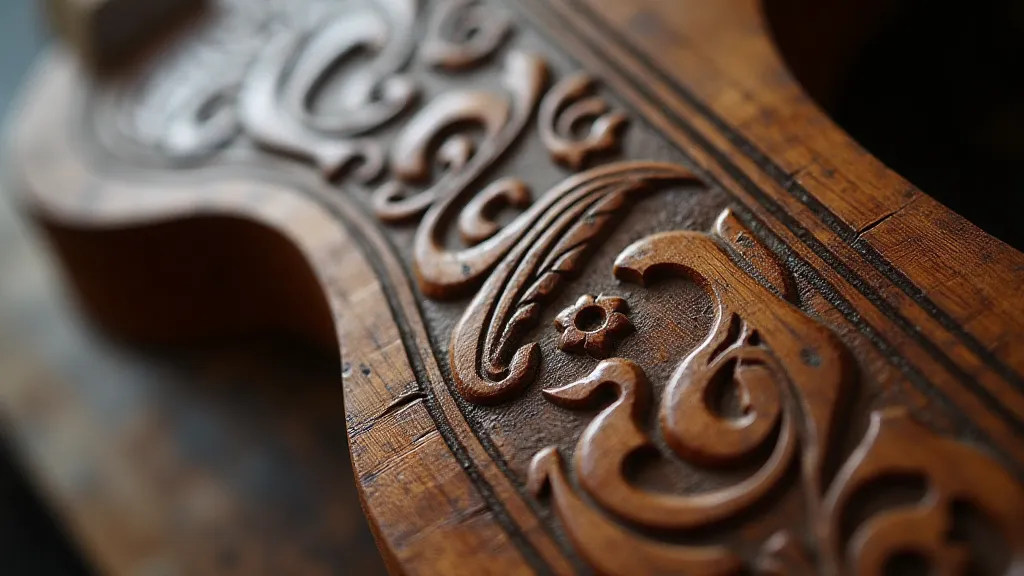
The Dance of the Bellows: Touch and Tradition
Even the way an instrument is held and played contributes to its regional identity. The position of the hands, the posture, the very rhythm of the bellows or strum – these are all passed down through generations, creating a unique performance tradition. An accordion player in Bavaria will hold and play their instrument differently than one in Argentina, and these nuances, though seemingly small, contribute to the overall character of the music.
Consider the kora, a West African harp-lute. The musician typically sits cross-legged on the ground, cradling the instrument in their lap, creating an intimate connection with the music and the audience. This posture isn’t accidental; it’s rooted in ancient traditions and reflects a deep respect for the instrument and its legacy.
Whispers of Restoration: Preserving a Legacy
Restoring a regional instrument isn’t simply about repairing damage; it's about preserving a cultural artifact. A subtle crack in a bellows, a worn key, a faded carving – each imperfection tells a story. The ideal restorer is not just a craftsman but also a historian, understanding the instrument’s provenance and the significance of its construction. Replacing a component with a modern equivalent might restore functionality, but it risks erasing a piece of the instrument’s story.
Collecting regional instruments is similar. It's not about accumulating objects; it’s about curating a living history. Understanding the provenance of an instrument – where it was made, who played it, and what music it played – is just as important as its physical condition. It’s about recognizing that these instruments are not just tools for producing sound, but tangible links to the past – vessels containing the collective memory of a community.
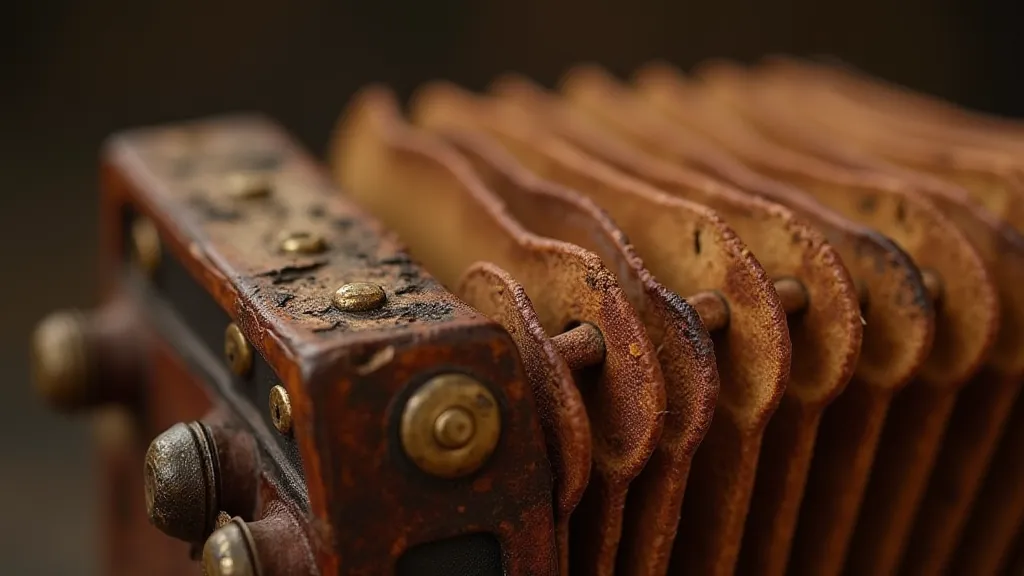
A Continuing Conversation
The lexicon of regional instruments isn’t frozen in time. It’s a living language, constantly evolving as new generations interpret and adapt the traditions of the past. The best musicians aren't just skilled players; they are also storytellers, continuing the conversation begun by their predecessors. By listening carefully – not just to the music itself, but to the whispers within the instrument – we can gain a deeper appreciation for the rich tapestry of human culture and the enduring power of tradition.
